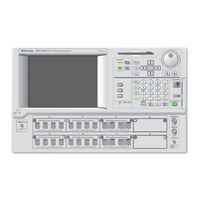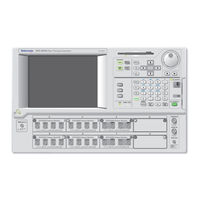Tektronix DTG5334 Manuals
Manuals and User Guides for Tektronix DTG5334. We have 2 Tektronix DTG5334 manuals available for free PDF download: User Manual
Advertisement
Tektronix DTG5334 User Manual (196 pages)
Data Timing Generators
Brand: Tektronix
|
Category: Portable Generator
|
Size: 2 MB

